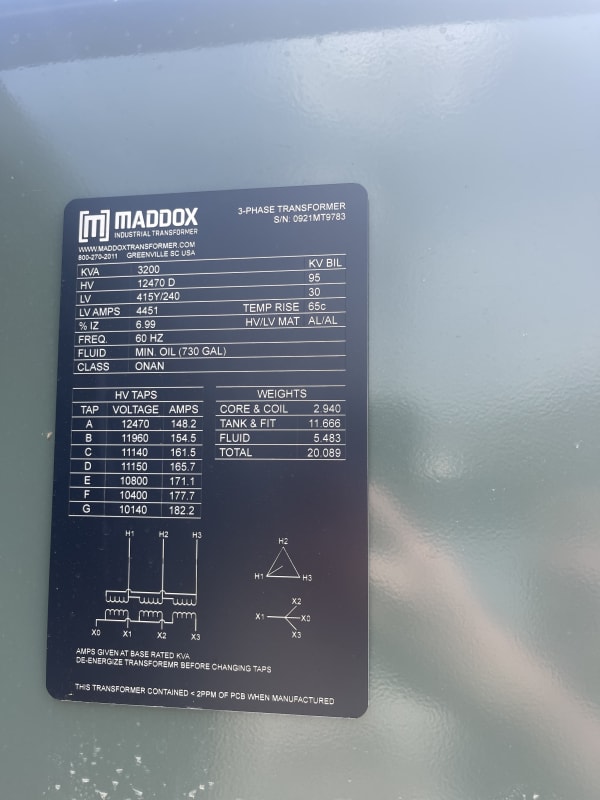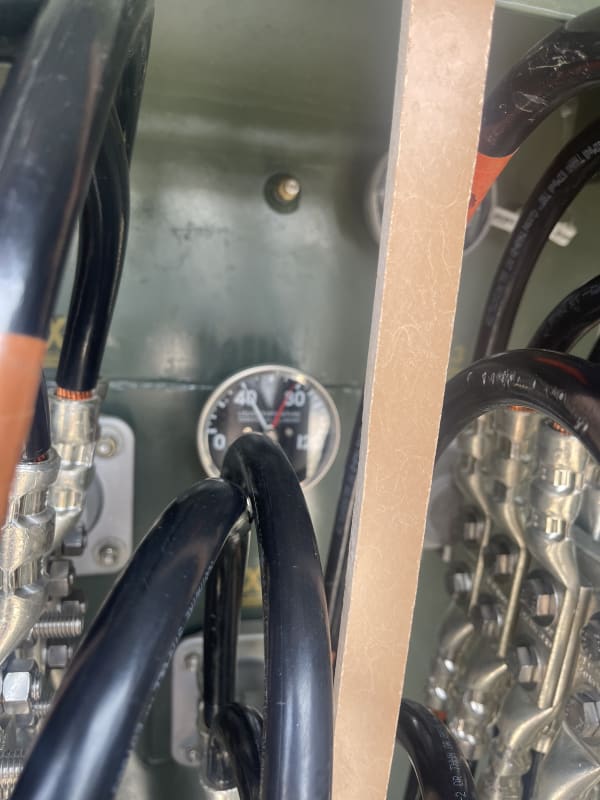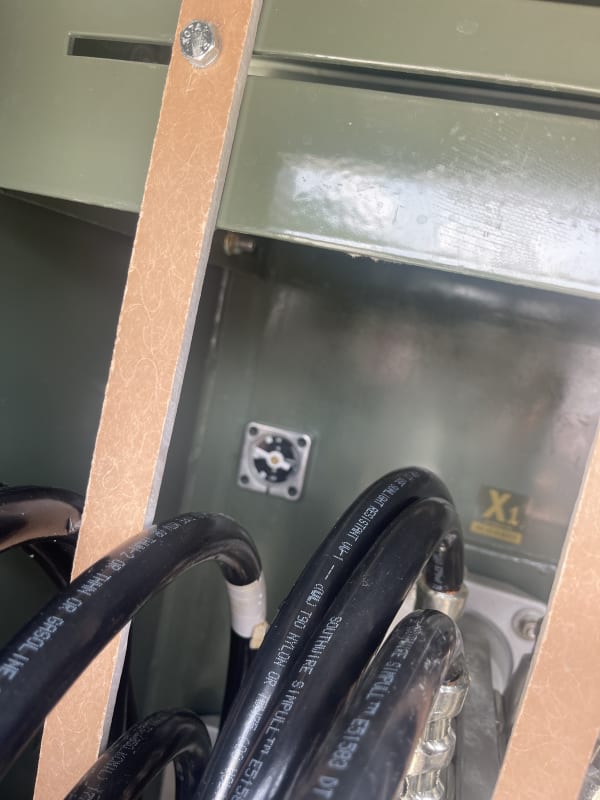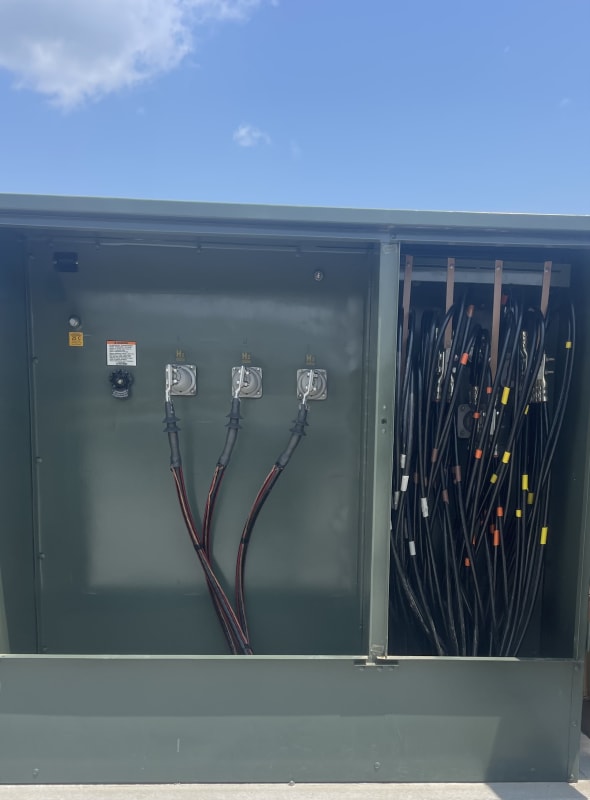A question that should have been asked much sooner;
Does your transformer have a delta tertiary winding?
With a delta tertiary or a phantom delta, then unbalanced loads may easily cause primary fuse blowing on a wye primary.
Another symptom to look for is disproportionately high transformer temperatures for the amount of load.
For example, if a transformer is showing close to maximum temperature on half load or less, suspect a tertiary delta or phantom delta.
(Phantom delta: A three phase transformer built on a three legged core will exhibit similar effects as will a delta tertiary. These effects are called a "Phantom Delta".)
I apologize for not remembering this sooner.
In my defence, I tend to take specs at face value, and not consider a tertiary winding unless a tertiary is explicitly mentioned.
The possible presence of a delta winding or of a phantom delta changes the trouble shooting suggestions.
If you have a delta effect, there are three possible solutions:
1; Float the primary neutral. This may lead to overvoltage transients associated with switching transients. The utility may be able to mitigate some of these transients effects.
2. Open the delta at one corner. This is often not feasible with a buried tertiary winding and not at all possible with a phantom delta.
3. Balance the load.
Without going into detailed calculations, an percentage of unbalanced load in relation to the percent impedance of the tertiary may cause a circulating in the delta of over 100% of rated current.
I hope that you don't have a delta effect going.
Check the transformer temperature relative to the percent loading and check the nameplate to se if a tertiary winding is present.
Can you post a picture of the nameplate?
--------------------
Ohm's law
Not just a good idea;
It's the LAW!




